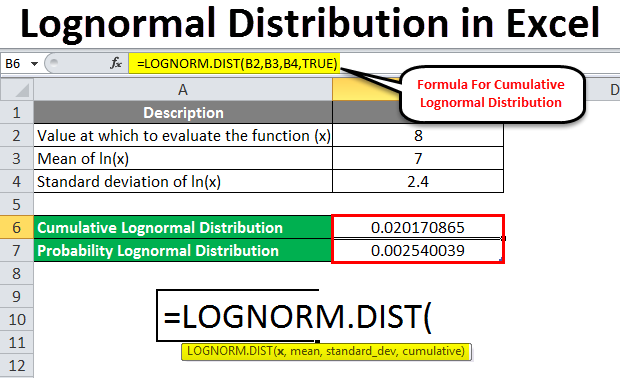

But the IQR is less affected by outliers: the 2 values come from the middle half of the data set, so they are unlikely to be extreme scores. Just like the range, the interquartile range uses only 2 values in its calculation. The interquartile range of your data is 177 minutes. Q3 is the value in the 6th position, which is 287. Q1 is the value in the 2nd position, which is 110. Multiply the number of values in the data set (8) by 0.25 for the 25th percentile (Q1) and by 0.75 for the 75th percentile (Q3). Interquartile range exampleTo find the interquartile range of your 8 data points, you first find the values at Q1 and Q3. This gives us the range of the middle half of a data set. The interquartile range is the third quartile (Q3) minus the first quartile (Q1). While the first quartile (Q1) contains the first 25% of values, the fourth quartile (Q4) contains the last 25% of values. The interquartile range gives you the spread of the middle of your distribution.įor any distribution that’s ordered from low to high, the interquartile range contains half of the values. It’s best used in combination with other measures. The highest value ( H) is 324 and the lowest ( L) is 72.īecause only 2 numbers are used, the range is influenced by outliers and doesn’t give you any information about the distribution of values.

Range exampleYou have 8 data points from Sample A. To find the range, simply subtract the lowest value from the highest value in the data set. It’s the easiest measure of variability to calculate. The range tells you the spread of your data from the lowest to the highest value in the distribution. Sample A has the largest variability while Sample C has the smallest variability. This is the x-axis value where the peak of the curves are.Īlthough the data follows a normal distribution, each sample has different spreads. Using simple random samples, you collect data from 3 groups:Īll three of your samples have the same average phone use, at 195 minutes or 3 hours and 15 minutes. Example: Variability in normal distributionsYou are investigating the amounts of time spent on phones daily by different groups of people. Both of them together give you a complete picture of your data. If you know only the central tendency or the variability, you can’t say anything about the other aspect. High variability means that the values are less consistent, so it’s harder to make predictions.ĭata sets can have the same central tendency but different levels of variability or vice versa. Low variability is ideal because it means that you can better predict information about the population based on sample data. This is important because the amount of variability determines how well you can generalize results from the sample to your population. While the central tendency, or average, tells you where most of your points lie, variability summarizes how far apart they are. Frequently asked questions about variability.What’s the best measure of variability?.


 0 kommentar(er)
0 kommentar(er)
